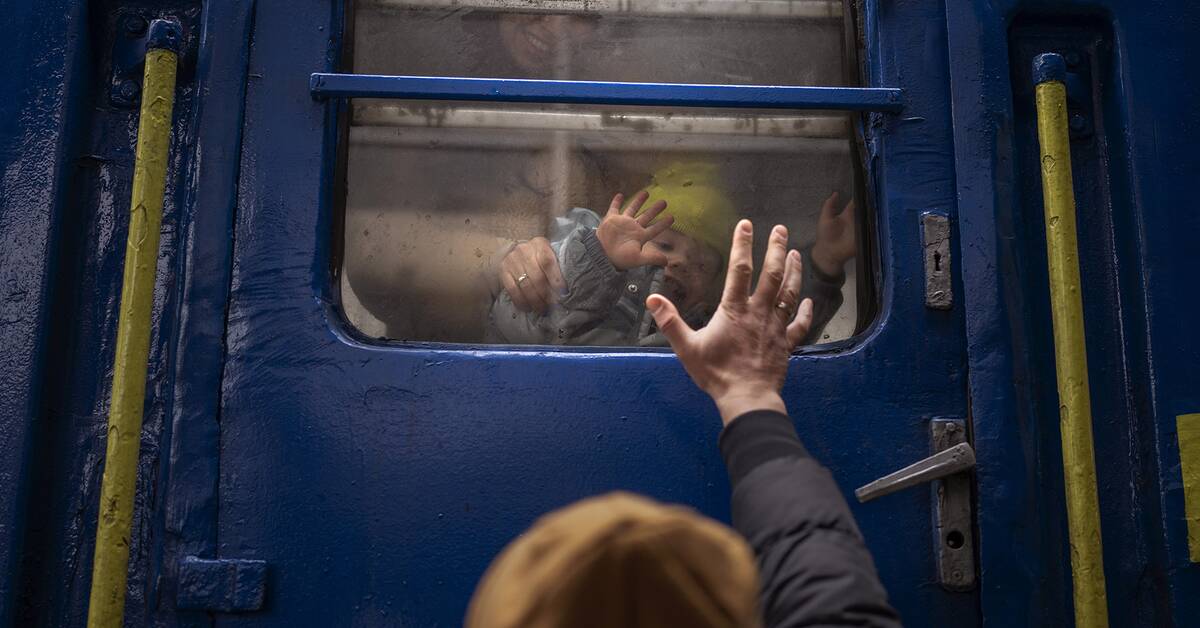The EU's so-called mass refugee directive was introduced in 2001 to have rules to apply if a large wave of refugees was triggered somewhere in Europe.
Then it was the memory of the 1990s war in the former Yugoslavia that haunted.
Now it is instead about Ukraine, when the EU for the first time seems ready to use the directive.
Ylva Johansson presented her proposal yesterday and has today discussed the issue with Minister of Migration Anders Ygeman (S) and his colleagues from other EU countries.
- We must prepare for millions of refugees on their way to the EU.
I expect that there will be strong solidarity from all the Member States, both towards the refugees but also towards the Member States that are hardest hit right now, she said on her way to the meeting in Brussels.
"United and in solidarity"
Shortly after 4.30 pm on Thursday, the news came that everything was ready.
"Historical decision at the Interior Ministry meeting: The EU provides temporary protection to those fleeing the war in Ukraine.
The EU stands united to save lives ", Johansson writes on Twitter.
"The European Union is united and in solidarity," wrote Gérald Darmanin, Minister of the Interior of the French Presidency of France this spring.
The Mass Refugee Directive means, among other things, that refugees from Ukraine will be granted residence and work permits in the EU for at least one year, which can be extended for another two years.
Today's decision is not the formal launch - but a "political agreement" to work out the final details.
Minister for Migration Anders Ygeman (S) counted in advance with a yes.
- It is a historic act of solidarity with Ukraine in this time of Russian aggression.
That is perhaps the most important message: that Europe stands up for Ukraine and is ready to help those fleeing Russian acts of war, Ygeman said on the way to the meeting.
Changed rhetoric after the invasion
So far, there is no discussion about whether the refugees need to be distributed in any way between the EU countries.
The issue of "redistribution" has otherwise been one of the biggest stumbling blocks in trying to get a common "asylum and migration pact" in place in the EU.
In particular, countries such as Poland and Hungary have been strongly skeptical about having to accept asylum seekers who have arrived in other member states, for example when the flow of refugees from Syria to mainly Greece and Italy was greatest in 2015.
However, the war in Ukraine has changed the situation.
- It can be noted that the countries in their rhetoric are at least much more generous now.
Then I think Europe and the EU would have been much stronger if we had the migration pact in place and the possibility of a legally binding redistribution, said Anders Ygeman in Brussels.
Javascript is disabled
Javascript must be turned on to play video
Read more about browser support
The browser is not supported
SVT does not support playback in your browser.
We therefore recommend that you switch to a different browser.
Read more about browser support
SVT's correspondent Samir Abu Eid on site at the train station in Lviv where people are streaming out.
Photo: Salim Alsabbagh SVT

